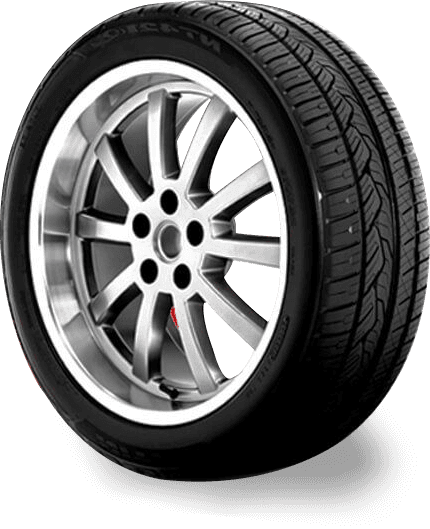
Oct . 03, 2024 09:53
Back to list
Understanding the Functionality and Importance of Pressure Reducing Regulators in Systems
Understanding Pressure Reducing Regulators Essential Components in Fluid Systems
Pressure reducing regulators are critical devices used in various industrial applications to ensure that the pressure of fluids is maintained at optimal levels. These regulators are engineered to decrease a higher inlet pressure to a lower and stable outlet pressure, safeguarding both equipment and process performance. With a range of designs, materials, and functionalities, pressure reducing regulators are indispensable in managing the pressure of gases and liquids in diverse settings, from industrial plants to residential heating systems.
How Pressure Reducing Regulators Work
At the most basic level, pressure reducing regulators work by employing a diaphragm or bellows to sense the downstream pressure. When sufficient pressure builds in the outlet side, the regulator adjusts itself to decrease the flow from the inlet side, thereby lowering the downstream pressure. Conversely, if the outlet pressure drops below a preset level, the regulator opens up to allow more fluid to pass through, thereby maintaining a constant pressure.
These devices typically contain several key components the inlet and outlet ports, a pressure sensing element (like a diaphragm), a spring, and an adjusting mechanism. The spring provides the initial force to hold the diaphragm in position, while the adjusting mechanism allows operators to set the desired output pressure. This intelligent design ensures that pressure fluctuations within the system are mitigated, contributing to the overall efficiency of the operation.
Applications of Pressure Reducing Regulators
Pressure reducing regulators find applications across numerous industries, including oil and gas, pharmaceuticals, food and beverage, and water treatment. In the oil and gas sector, for instance, they are used to control the pressure of natural gas for distribution to consumers. Their ability to manage pressure accurately ensures safety and compliance with regulatory standards.
In pharmaceuticals, these regulators are vital for maintaining appropriate pressures in processes that require stringent control, such as in the production of sterile solutions. Similarly, in the food and beverage industry, they help regulate the pressure of carbon dioxide in soda production, ensuring a consistent product quality.
pressure reducing regulators

Furthermore, in residential applications, pressure reducing regulators are essential for managing water pressure entering a home. High water pressure can lead to plumbing issues, and these regulators offer a solution by maintaining a safe and usable level of pressure.
Importance of Proper Selection and Maintenance
Selecting the appropriate pressure reducing regulator is crucial for the efficiency and safety of any fluid system. Factors such as the type of fluid (gas or liquid), temperature, flow rate, and required outlet pressure must all be considered. Additionally, the materials used in the construction of the regulator should be compatible with the fluid to avoid corrosion or other forms of degradation.
Regular maintenance is equally important to ensure the longevity and reliability of pressure reducing regulators. This includes periodic inspections for wear and tear, ensuring that the adjusting mechanisms are functioning correctly, and replacing any damaged parts. By maintaining these regulators, operators can prevent unexpected system failures that could lead to costly downtime or hazardous situations.
Future Trends in Pressure Reducing Technology
The field of pressure reducing technology is continually evolving, with advances aimed at enhancing accuracy, efficiency, and safety. Innovations in materials science are leading to the development of regulators that are not only more durable but also suitable for a wider range of applications. Additionally, the incorporation of smart technology and IoT (Internet of Things) capabilities is becoming increasingly common. These advancements enable real-time monitoring and adjustments, allowing for improved efficiency and reducing the risk of failure.
In conclusion, pressure reducing regulators are essential tools in managing fluid systems across various applications. Their ability to maintain stable pressures ensures the safety and efficiency of processes, contributing to optimal performance. As technology continues to advance, these regulators will play an even more pivotal role, paving the way for safer and more efficient industrial operations. Understanding their functionality and importance can aid operators in choosing the right solutions to meet their specific needs, ultimately enhancing the reliability of their systems.
Latest news
-
Safety Valve Spring-Loaded Design Overpressure ProtectionNewsJul.25,2025
-
Precision Voltage Regulator AC5 Accuracy Grade PerformanceNewsJul.25,2025
-
Natural Gas Pressure Regulating Skid Industrial Pipeline ApplicationsNewsJul.25,2025
-
Natural Gas Filter Stainless Steel Mesh Element DesignNewsJul.25,2025
-
Gas Pressure Regulator Valve Direct-Acting Spring-Loaded DesignNewsJul.25,2025
-
Decompression Equipment Multi-Stage Heat Exchange System DesignNewsJul.25,2025

